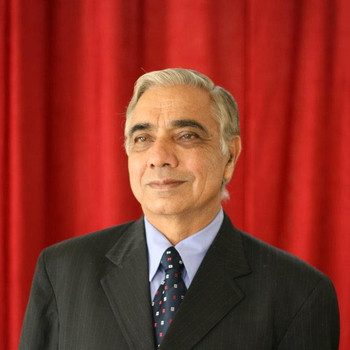What are the two distinct fertilizations that take place in angiosperms?
1 Answer
The fertilization in Angiosperms involves fusion of two male gametes and is described in detail below;
Explanation:
The fertilization in Angiosperms is unique, involving fusion of both male gametes, one fusing with egg or oosphere ( female gamete) to form diploid oospore and the other fuses with secondary diploid nucleus to form triploid endosperm mother cell. This type of fertilization is termed double fertilization.
The male and female gametophytes in Angiosperms are very reduced and endosporic.
The micropore or pollen grain encloses reduced male gametophyte. A part of development of male gametophyte occurs while the pollen grain is inside anther and the remaining after the pollen falls on stigma. The pollen grain germinates on stigma to form the pollen tube that grows through style and ultimately reaches ovule present in ovary. The pollen tube encloses two male gametes.
The ovule (megasporangium ) encloses female gametophyte, populary termed embryo sac. It is reduced . Most common type of embryo sac consists of egg apparatus having egg and two synergids towards the micropylar end, three antipodal cells towards the chalazal end and a single large cell in the middle containing secondary diploid nucleus. All other cells are haploid.
The pollen tube enters the ovule towards micropylar end . It rupturs on reaching near egg apparatus, and releases two male gametes. One of these fuses with egg to form ospore (2N), that develops into embryo.
The other male gamete fuses with secondary diploid nucleus to form triploid endosperm mother cell that develops into endosperm at the cost of nucellus in ovule.
Double fertilization, as described above , is unique to Angiosperm only.

